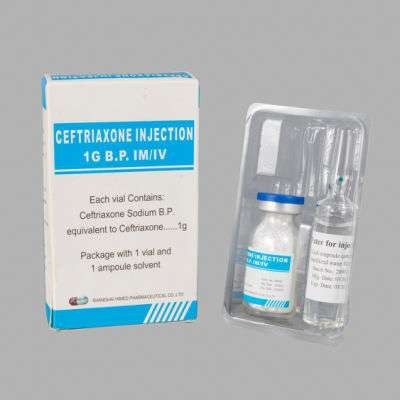A physician ordered 5 mL 10% dextrose stat. The only dextrose available is a vial of 5 mL 50% dextrose.
How can the nurse provide the appropriate dose?
Dextrose 50%, add 1 mL to 4 mL injectable saline
Dextrose 50%, add 2 mL to 3 mL injectable saline
Dextrose 50%, add 3 mL to 2 mL injectable saline
Dextrose 50%, add 4 mL to 1 mL injectable saline
Dextrose 50%, add 4 mL to 1 mL injectable saline
The Correct Answer is A
Dextrose 50%, add 1 mL to 4 mL injectable saline. To obtain 5 mL of 10% dextrose, 0.5 mL of the 50% dextrose should be diluted with 4.5 mL of sterile water or normal saline. Therefore, the nurse should add 1 mL of the 50% dextrose to 4 mL of injectable saline to get a final concentration of 10% dextrose in 5 mL. This will give the client the appropriate dose.
Choice B is incorrect because adding 2 mL of the 50% dextrose to 3 mL of saline would give a final concentration of 20%, which is higher than the prescribed concentration of 10%.
Choice C is incorrect because adding 3 mL of the 50% dextrose to 2 mL of saline would give a final concentration of 30%, which is significantly higher than the prescribed concentration of 10%.
Choice D is incorrect because adding 4 mL of the 50% dextrose to 1 mL of saline would give a final concentration of 40%, which is much higher than the prescribed concentration of 10%.

Nursing Test Bank
Naxlex Comprehensive Predictor Exams
Related Questions
Correct Answer is B
Explanation
To calculate the infusion rate in mL/hr, we need to divide the total volume to be infused by the time for infusion and convert the units appropriately.
First, we need to convert the time of infusion from hours to minutes, since most IV pumps use minutes as the time unit.
2 hours x 60 minutes/hour = 120 minutes Next, we can calculate the infusion rate:
500 mL ÷ 120 minutes = 4.17 mL/minute
To convert mL/minute to mL/hour, we multiply by 60:
4.17 mL/minute x 60 minutes/hour = 250 mL/hour
Therefore, the correct answer is B. 250 mL/hr. The nurse should set the IV pump to deliver the LR infusion at a rate of 250 mL/hr to infuse 500 mL over 2 hours.
Correct Answer is C
Explanation
To calculate the amount of diluent that should be added, we need to first calculate the volume of the final solution. .
The final concentration of ceftriaxone should be 600 mg/3 mL, which is the same as 200 mg/mL. .
If we have 1.5 g (or 1500 mg) of ceftriaxone, we can divide this by the desired concentration to get the total volume of the final solution:.
1500 mg ÷ 200 mg/mL = 7.5 mL.
So, the total volume of the final solution should be 7.5 mL. .
To calculate the amount of diluent needed, we need to subtract the volume of the ceftriaxone from the total volume of the final solution:.
7.5 mL - 0.00 mL = 7.5 mL.
Therefore, a nurse should add 7.5 mL of diluent to the vial containing 1.5 g of ceftriaxone to achieve a final concentration of 600 mg/3 mL.

Whether you are a student looking to ace your exams or a practicing nurse seeking to enhance your expertise , our nursing education contents will empower you with the confidence and competence to make a difference in the lives of patients and become a respected leader in the healthcare field.
Visit Naxlex, invest in your future and unlock endless possibilities with our unparalleled nursing education contents today
Report Wrong Answer on the Current Question
Do you disagree with the answer? If yes, what is your expected answer? Explain.
Kindly be descriptive with the issue you are facing.
